In the twilight zones where urban sprawl meets wilderness, a silent shadow moves with liquid grace. The Indian leopard (Panthera pardus fusca), one of the most adaptable apex predators on the subcontinent, has perfected the art of survival in humanity’s periphery. These elusive cats, once rulers of dense forests, now navigate concrete jungles with unsettling ease—their golden-rosetted coats blending into the dappled shadows of construction sites, their haunting calls muffled by the din of city life.
This is not the story we expect to hear about big cats. While tigers dominate conservation headlines and lions symbolize wilderness, leopards have quietly rewritten the rules of coexistence. Across India—from Mumbai’s Sanjay Gandhi National Park to the agricultural fringes of Bangalore—these felines have demonstrated a chilling proficiency for urban living. Camera traps reveal them padding along highway edges at midnight; thermal drones catch them slinking through sugarcane fields at dawn. The leopard’s ability to thrive where other predators perish speaks volumes about its evolutionary brilliance—and humanity’s dangerous complacency.
The relationship between leopards and urban India is fraught with paradox. On one hand, these cats provide invaluable ecosystem services by controlling populations of feral dogs and herbivores that damage crops. Their presence in peri-urban areas often indicates a healthier environment than one might assume. Yet every few months, headlines scream of leopards snatching pets or—in rare, tragic cases—attacking humans. The ensuing panic triggers brutal retaliatory killings, exposing our inability to comprehend a predator that refuses to vanish before advancing civilization.
Mumbai’s leopards offer perhaps the most startling case study. An estimated 40-50 individuals inhabit the 104-square-kilometer Sanjay Gandhi National Park, surrounded on all sides by 20 million people. Research shows these cats have developed smaller territories than their forest-dwelling counterparts, subsisting largely on stray dogs and livestock. They’ve learned to interpret human schedules, becoming most active during late evenings when streets empty. Some even navigate the labyrinthine slums of Aarey Colony with the precision of commuters taking a shortcut home. This behavioral plasticity would be awe-inspiring if it weren’t so precarious.
What few appreciate is how profoundly human activity has shaped this new urban leopard ecology. Open garbage dumps attract boars and dogs—prey animals that draw leopards closer to settlements. Ill-planned infrastructure like wells and fencing become death traps. Temple offerings of meat outside forests condition big cats to associate humans with food. Each element creates what conservationists call an "ecological trap"—a situation where seemingly favorable habitats ultimately decrease an animal’s chances of survival. The leopard’s legendary adaptability may now be working against it.
The cultural dimension runs equally deep. In parts of rural India, leopards feature in folklore as shapeshifters and forest spirits. Some tribal communities still practice rituals to appease them, viewing attacks as divine retribution rather than predator behavior. Contrast this with urban attitudes where every sighting sparks mass hysteria. The disconnect reveals how urbanization hasn’t just changed leopard behavior—it’s eroded our own capacity to coexist with wildlife. Where our ancestors developed nuanced relationships with predators, we reach for guns or smartphones at the first sign of danger.
Conservationists face a Herculean task. Traditional strategies like relocation often prove fatal—translocated leopards either return to their original territory or die trying. Radio-collaring studies reveal that even "problem animals" removed from cities play crucial roles in controlling prey populations elsewhere. The solution may lie in radical habitat management: creating wildlife corridors between urban green spaces, enforcing strict waste disposal laws, and—most challenging—educating citizens to view leopards not as invaders but as reluctant neighbors negotiating an impossible situation.
Perhaps the most haunting revelation comes from genetic studies. Urban leopards are developing distinct DNA markers from their forest relatives—traits that may reflect adaptations to human-dominated landscapes. We’re witnessing accelerated evolution in real time, as these cats silently rewrite their biological code to survive our world. The implications are profound: the Indian leopard isn’t just persisting at civilization’s edge. It’s evolving to conquer it.
As night falls over Mumbai’s outskirts, a female leopard pauses on a hillock overlooking glittering high-rises. Her amber eyes reflect not just moonlight, but the glow of streetlamps. She represents the ultimate paradox of modern conservation—a creature too wild to tame, yet too adaptable to disappear. The future of India’s urban leopards hinges on whether we can match their evolutionary flexibility with something we’ve nearly forgotten: the wisdom to share space with the untamed.

By /Jun 12, 2025
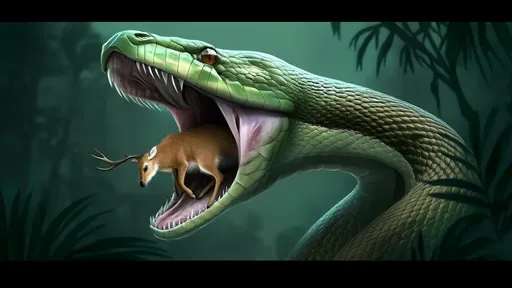
By /Jun 12, 2025
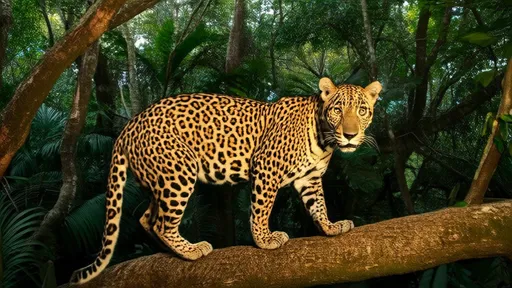
By /Jun 11, 2025
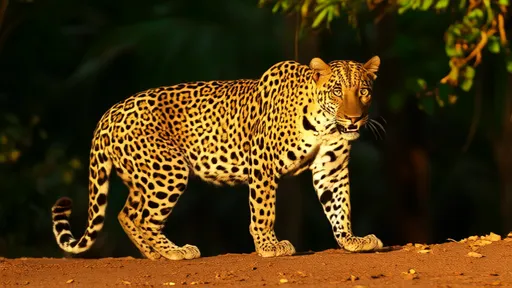
By /Jun 11, 2025
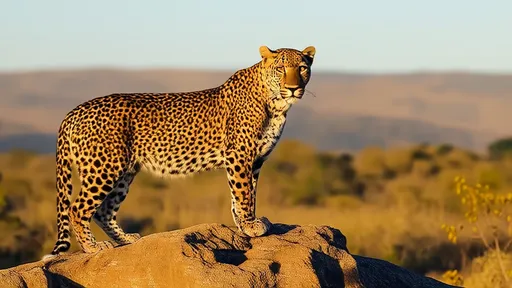
By /Jun 11, 2025
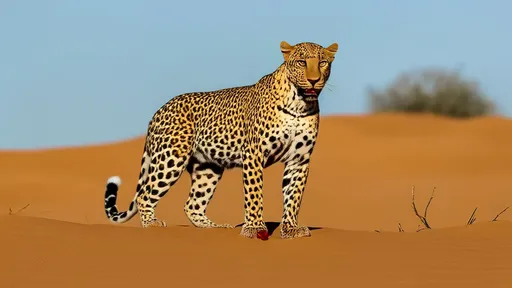
By /Jun 11, 2025
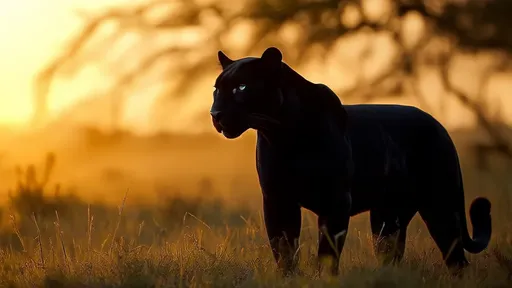
By /Jun 11, 2025
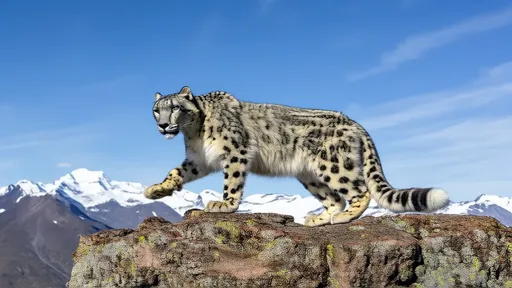
By /Jun 11, 2025
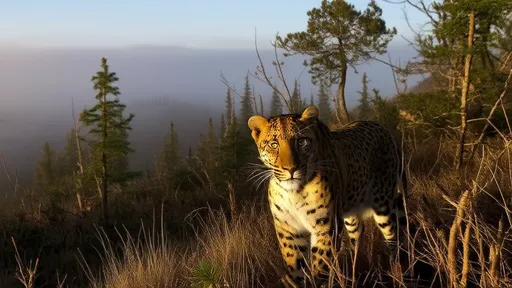
By /Jun 11, 2025
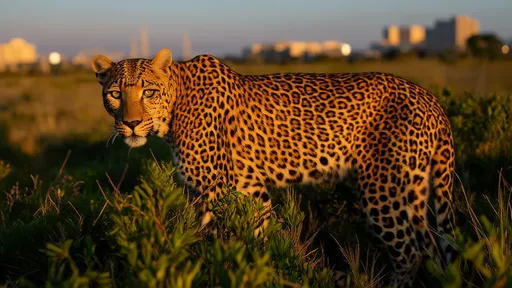
By /Jun 11, 2025
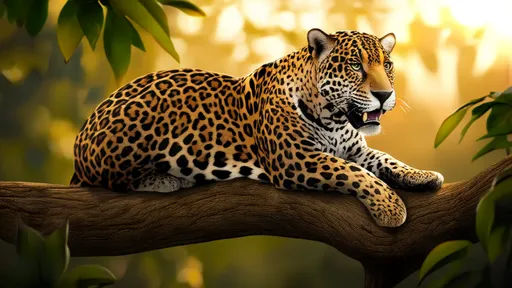
By /Jun 11, 2025
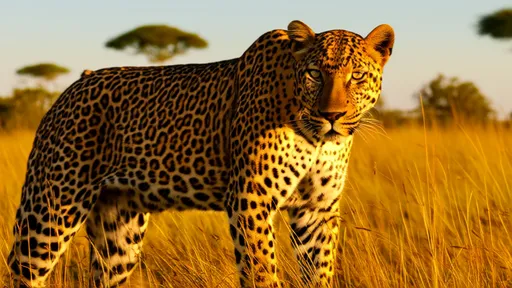
By /Jun 11, 2025
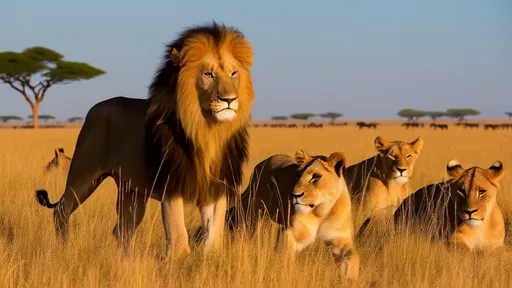
By /Jun 11, 2025
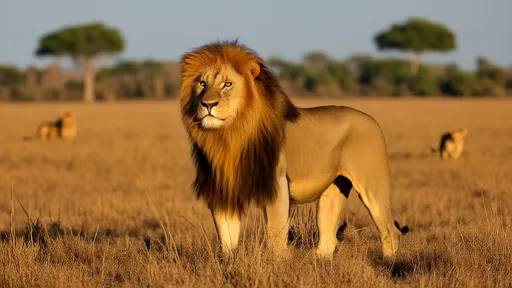
By /Jun 11, 2025
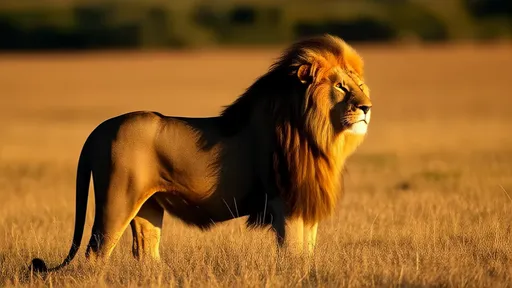
By /Jun 11, 2025
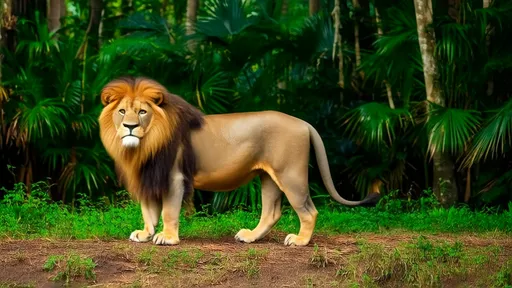
By /Jun 11, 2025
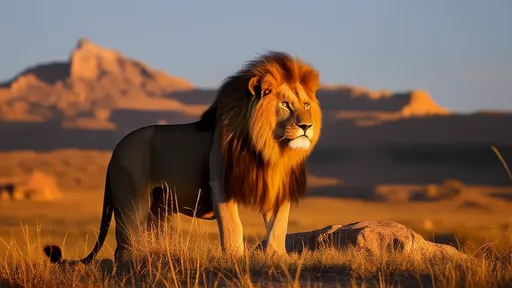
By /Jun 11, 2025

By /Jun 11, 2025
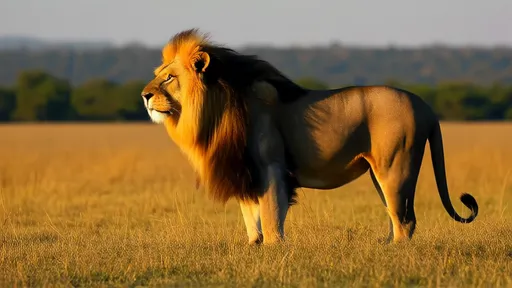
By /Jun 11, 2025
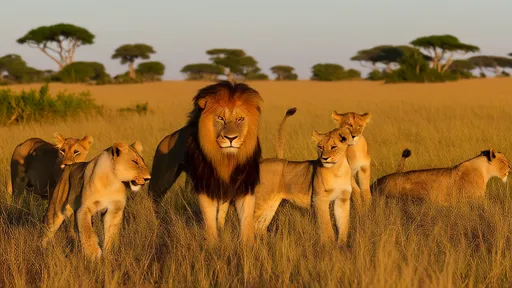
By /Jun 11, 2025